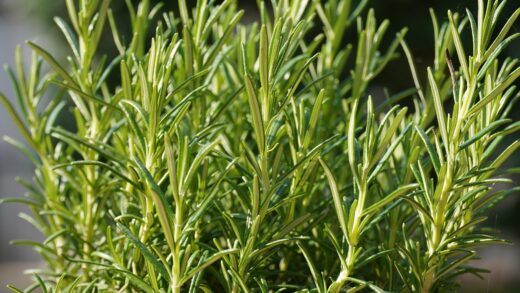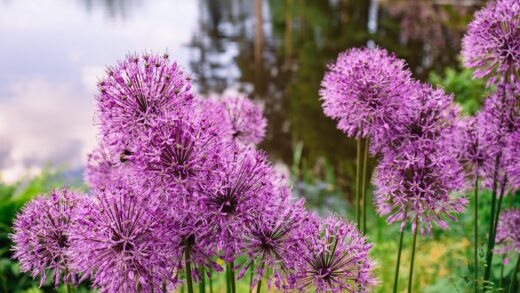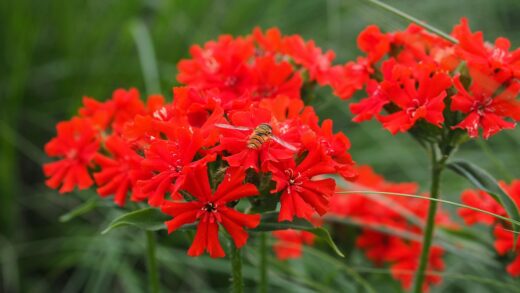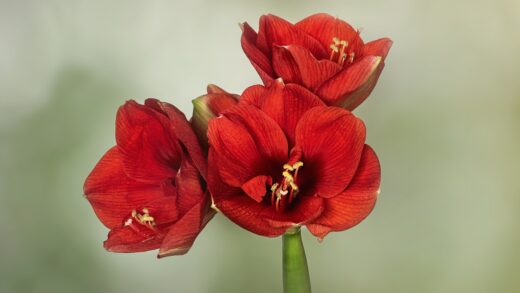The planting and propagation of aloe vera
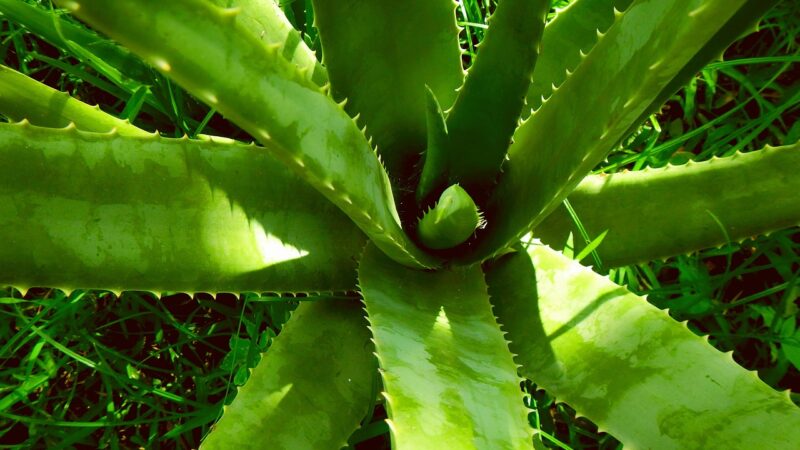
Planting and propagating Aloe vera is a rewarding experience for any gardener, whether a novice or an expert. This succulent is known for its resilience and ease of care, making it an excellent choice for those new to houseplants. The process begins with selecting a healthy parent plant from which to take cuttings or pups. A robust parent plant will have thick, vibrant green leaves and a well-established root system, ensuring that the offspring have the best possible start in life. When choosing a plant for propagation, look for one that is free of pests and diseases, as these can be easily transferred to the new plants.
The first step in planting a new Aloe vera is to prepare the pot and soil. As with mature plants, a well-draining soil mix is paramount. A commercial cactus or succulent mix is ideal, or you can create your own by blending equal parts potting soil, coarse sand, and perlite. The pot should have drainage holes to prevent water from accumulating and causing root rot. Terracotta pots are often recommended as their porous nature allows for better air and moisture exchange, helping the soil to dry out more efficiently between waterings.
When you have your pot and soil ready, it is time to plant your Aloe vera. If you are starting with a small plant or a pup, gently place it in the centre of the pot, ensuring that the base of the plant is level with the soil line. Fill in around the plant with your soil mix, lightly tamping it down to provide support. It is important not to plant it too deeply, as this can lead to stem rot. After planting, it is best to wait a few days before watering to allow any damaged roots to heal and to reduce the risk of rot.
Propagation is the process of creating new plants from an existing one, and Aloe vera is particularly easy to propagate. There are several methods you can use, including dividing the plant, taking leaf cuttings, or separating the pups or offshoots that grow around the base of the mother plant. Each method has its own advantages, and the best one to use will depend on the size and condition of your parent plant. With a little care and patience, you can soon have a whole family of Aloe vera plants to enjoy and share.
Propagating from pups
One of the easiest and most common ways to propagate Aloe vera is by separating the pups, also known as offshoots or plantlets. These are small, new plants that grow from the base of the mother plant. They are essentially clones of the parent and will grow into new, independent plants. It is best to wait until the pups are a decent size, with a few sets of leaves of their own, before separating them. A good rule of thumb is to wait until a pup is about one-fifth the size of the mother plant.
More articles on this topic
To remove a pup, gently excavate the soil around the base of the mother plant to expose the connection between the parent and the pup. In some cases, the pup will have its own root system already established, which makes the process even easier. Use a clean, sharp knife or pruning shears to carefully sever the connection. If the pup has roots, try to get as many of them as possible with the pup. If it does not have roots, do not worry; it will develop them once it is planted.
After separating the pup, it is a good idea to let it sit out for a day or two before planting. This allows the cut surface to form a callus, which helps to prevent rot when it is planted in soil. Once the callus has formed, you can plant the pup in its own pot with a well-draining soil mix. Plant it at the same depth it was growing previously, ensuring that the base of the plant is just at the soil level.
After planting the pup, do not water it for the first week or so. This gives the new roots a chance to establish themselves. After the first week, you can begin to water it sparingly, allowing the soil to dry out completely between waterings. Place the new plant in a spot with bright, indirect light, and in a few weeks, you should start to see new growth, indicating that the propagation has been successful.
Propagating from leaf cuttings
Another method of propagating Aloe vera is by taking leaf cuttings. While this method is not as reliable as propagating from pups, it can still be successful with the right technique. Start by selecting a healthy, mature leaf from the parent plant. Choose a leaf that is at least 8-10 centimetres long. Use a clean, sharp knife to cut the leaf from the plant at its base.
More articles on this topic
Once you have the leaf cutting, it is crucial to let it dry and form a callus over the cut end. This is the most important step in preventing the cutting from rotting when you plant it. Place the cutting in a dry, shady spot for a few days to a week, or until the cut end is dry to the touch and has formed a protective film. The time it takes for a callus to form will depend on the humidity and temperature of the environment.
After the callus has formed, you can plant the leaf cutting. Fill a small pot with a well-draining cactus or succulent mix. Insert the callused end of the leaf cutting about 2-3 centimetres into the soil. You can also lay the cutting on its side on top of the soil, with the cut end just barely covered. This can sometimes encourage rooting along the length of the leaf.
Do not water the cutting immediately after planting. Wait for about a week to give it time to start developing roots. After the first week, you can mist the soil lightly every few days to keep it from drying out completely. Be careful not to overwater, as this will cause the cutting to rot. It can take several weeks or even a couple of months for the cutting to root and start producing new growth. Be patient, and with a little luck, you will have a new Aloe vera plant.
Division of a mature plant
For larger, more established Aloe vera plants that have become overcrowded in their pots, division is an excellent method of propagation. This process involves separating the plant into smaller sections, each with its own root system. Division not only gives you new plants but also helps to rejuvenate the parent plant, giving it more space to grow. The best time to divide an Aloe vera is in the spring or early summer, during its active growing season.
To divide the plant, carefully remove it from its pot. It can be helpful to have an extra pair of hands for this, especially with a large plant. Once the plant is out of the pot, gently shake off the excess soil to expose the root system. You will likely see several distinct clumps or crowns of leaves. These are the sections that you will be separating.
Using a clean, sharp knife or your hands, carefully separate the clumps. Try to make sure that each section has a good amount of roots attached to it. If the roots are tangled, you may need to gently tease them apart. Do not worry if you break a few roots in the process; Aloe vera is quite resilient. If any of the roots are mushy or dead, trim them off.
Once you have separated the plant into smaller divisions, you can plant each one in its own pot. Use a well-draining soil mix and a pot that is an appropriate size for the division. Plant it at the same depth it was growing before. As with other propagation methods, it is best to wait a week or so before watering to allow any damaged roots to heal. After that, care for the new plants as you would a mature Aloe vera.














